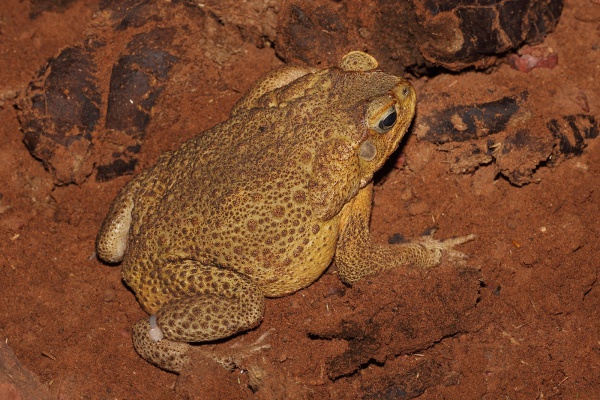Facts About Giant (or Cane) Toad
The cane toad, also known as the giant neotropical toad or marine toad, is a substantial amphibian native to South and mainland Central America. Over the years, it has spread to various islands in Oceania, the Caribbean, and Northern Australia. As the world's largest toad, it belongs to the genus Rhinella. Fossil records from Colombia indicate that cane toads have remained virtually unchanged over time. They breed prolifically and have a diverse diet, consuming both dead and living matter, which has enabled them to thrive as an invasive species. Notably, cane toads possess poison glands, and their tadpoles are highly toxic, posing a significant threat to dogs.
The classification of the cane toad has evolved over time, moving from the genus Bufo to Rhinella. In Australia, they are sometimes misidentified as native frogs, but they have distinct features that set them apart. The sequencing of the cane toad genome has provided insights into their adaptability and the nature of their toxins.
Cane toads were introduced to various regions primarily for pest control, with the most notorious case being in Australia. They were brought in to manage pests in sugarcane fields, but this backfired, causing significant harm to native biodiversity. The toxins in their skin and glands are hazardous to predators, including humans and pets.
Historically, cane toads have been used for arrow poison, food, and other purposes. Today, they are also used in laboratory research, leather production, and potential medical applications. Unfortunately, they are now classified as an invasive species in over 20 countries, causing significant harm to local wildlife where they establish themselves.
In Australia, particularly in places like Kakadu National Park, studies have shown that cane toads have had devastating effects on native species such as the northern quoll and Merten's water monitor. The sharp decline in these populations following the introduction of cane toads underscores the severe threat they pose as an invasive species.

 Mexico
Mexico